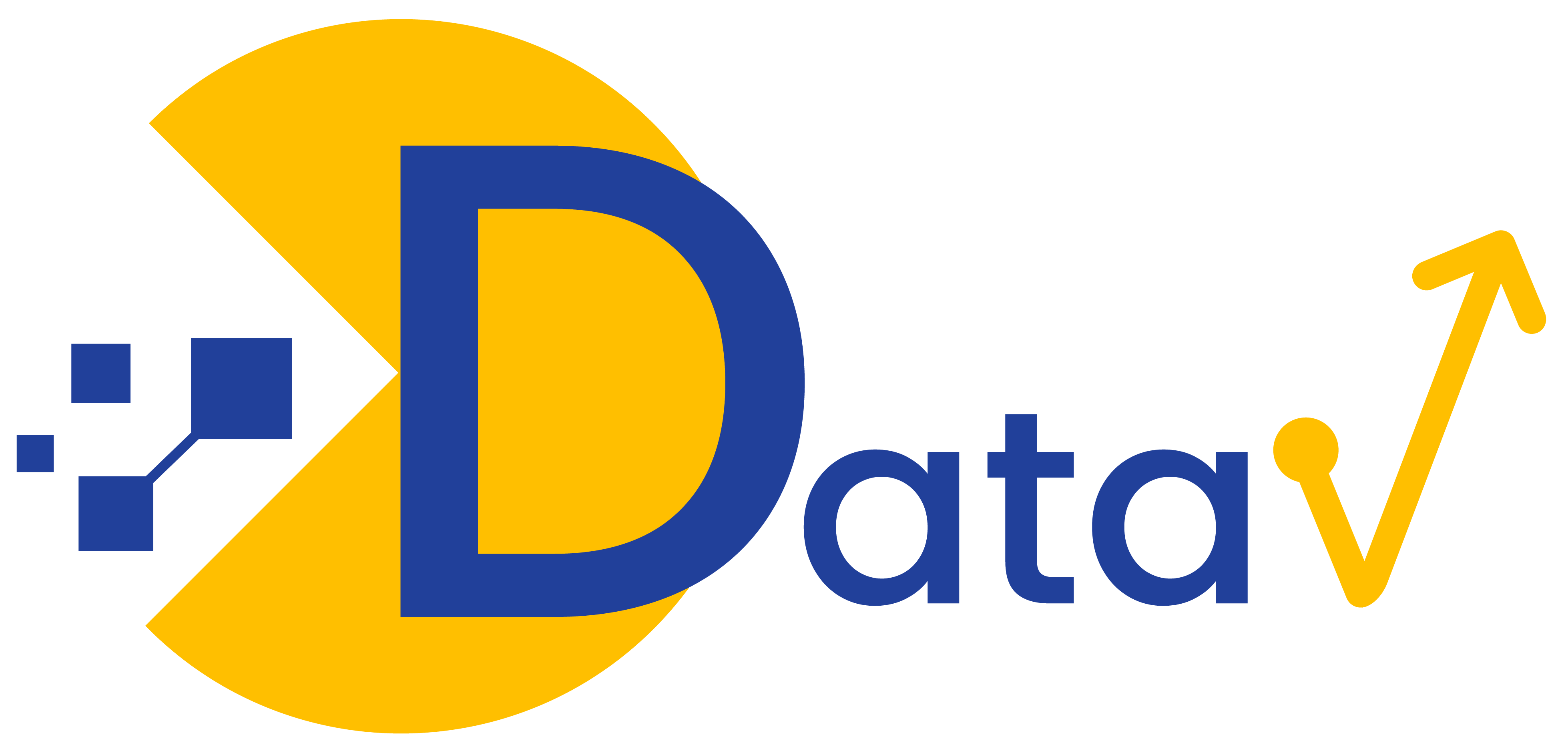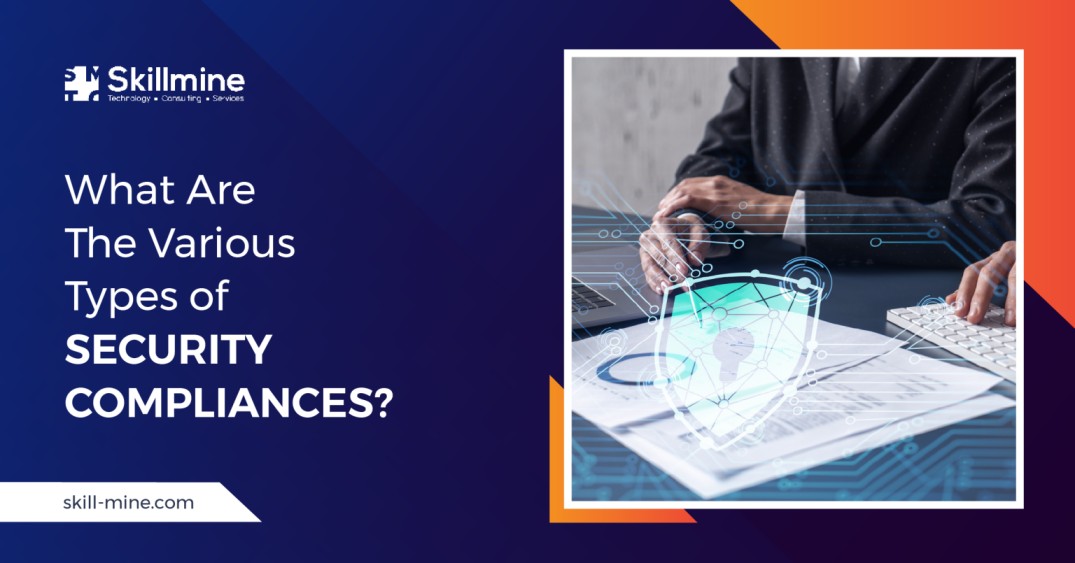Complex rules and regulations governing digital security are applied to modern businesses. Breaching those laws can have serious repercussions, such as fines, harm to one’s reputation, and financial losses. Effective compliance with applicable regulations must be ensured to streamline business processes. But how can this be accomplished? Security Compliance Management can help you achieve the same.
What is meant by Security Compliance Management?
Security Compliance Management refers to the process of monitoring and assessing systems, devices, and networks to ensure that they meet legal requirements as well as industry and local cybersecurity standards.
It is not always easy to maintain compliance, especially for the supervised industry and department. Rules and standards, as well as threats and vulnerability, often change. Organizations often need to react quickly to ensure compliance. This can be challenging for organizations with large, complex infrastructures or teams spread across platforms or geographies, but the stakes are high.
The dangers of non-compliance expose your business and your customers to the risk of breaches, attacks, and threats. Of course, there is also the risk that supervisory authorities will be penalized. That’s why learning security compliance management is so important.
Significance of security compliance
According to recent studies, noncompliance ranks as the top factor amplifying the cost of a data breach. When it comes to the price of data breaches, compliance plays a significant role. Organizations that frequently failed in compliance discovered that their data breaches cost an average of $2.30 million more than organizations that were in compliance with regulations. In 2020, a high-level compliance failure-related data breach cost an average of $5.65 million.
Litigation, fines, and penalties are all part of a company’s compliance breach costs. Due to this, businesses in heavily regulated sectors like healthcare, energy, and finance that are out of compliance frequently incur these extra costs a long time after the breach, sometimes even years later.
Types of Security Compliance
National Institute of standards and Technology (NIST)
This framework was developed to give configurable guidance for managing and reducing cybersecurity-related risk by integrating current standards, guidelines, and best practices. It also facilitates communication between internal and external stakeholders by developing a standard risk language across sectors. Any business that wishes to lower its total risk can apply this optional approach.
ISO 27000
This group of standards outlines the security requirements for maintaining information security management systems (ISMS) by putting security controls in place. A wide range of businesses can comply with these regulations because they are so general. All companies can evaluate their cyber security procedures using this family of regulations.
Centre of Internet security controls (CIS Controls)
This system helps protect your organization’s assets and data against known cyber-attack vectors. It is designed for companies that want to strengthen IoT security.
ISO 31000 Family
The guidelines for risk management and implementation are governed by this set of rules. These laws are very general and can apply to many different types of businesses. This family of rules can be used by all businesses to evaluate their cybersecurity procedures.
General data protection Act (GDPR)
This governs how European Union individuals’ personal information is protected in any business within the European Union or managing data belonging to an EU person.
Control objective for information and related technologies (COBIT)
This framework was designed to help organizations manage information and technology governance by connecting business and IT goals. This includes, but is not limited to, areas such as audit and assurance, compliance, IT operations, governance and security, and risk management.
Health Insurance Portability and Accountability Act
The Department of Health and Human Services Office for Civil Rights passed the Health Insurance Portability and Accountability Act in 1996 to safeguard the personally identifiable health information of citizens. Three overarching “rules” are contained in HIPAA: the Privacy Rule, the Security Rule, and the Breach Notification Rule.
These legal requirements guarantee that healthcare organizations and their business partners understand how to handle sensitive patient data, which HIPAA formally refers to as Protected Health Information (PHI). It also specifies how to react in case there are data breaches.
PCI DSS Compliance
The Payment Card Industry Data Security Standard (PCI DSS) was developed in 2006 by the five major credit card companies to create a central standard for the collection, transmission, and storage of user data. PCI DSS focuses on protecting credit card data, as does HIPAA and PHI.
Types of Data Covered by Security Compliance
The focus of most security and data protection regulations is on safeguarding sensitive information, which can be categorized into three main types: Personally Identifiable Information (PII), financial data, and Protected Health Information (PHI).
Personally Identifiable Information (PII)
- Date of birth
- First and last names
- Address
- Social security number (SSN)
- Mother’s maiden name
Financial Data
- Credit card numbers, expiration dates, and Card Verification Values (CVV)
- Bank account details
- Personal Identification Numbers (PINs) for debit or credit cards
- Credit history and ratings
Protected Health Information (PHI)
- Medical history
- Insurance records
- Appointment logs
- Prescription details
- Hospital admission records
Additionally, other types of sensitive data may also be subject to security compliance requirements and regulations, including:
- Race
- Religion
- Marital status
- IP addresses
- Email addresses, usernames, and passwords
- Biometric data such as fingerprints, facial recognition patterns, and voice prints
Hurdles in implementing security compliance management
The following are some scenarios that might put security compliance management to the test:
- Manual processes: Manual handling of compliance tasks can lead to inefficiencies, errors, and delays, making it challenging to maintain compliance standards consistently. Organizations may struggle to keep pace with the demands of manual procedures, hindering their ability to adapt to evolving security requirements effectively.
- Distributed network: Managing IT security compliance across a distributed network poses another significant challenge. With resources spread across multiple locations and environments, ensuring uniform security measures and compliance standards becomes complex. Coordinating efforts to implement and maintain compliance across diverse network architectures demands robust strategies and technologies to address the unique security needs of each location while ensuring centralized oversight and control.
- Multi countries regulations: Navigating security compliance in the face of multi-country regulations adds layers of complexity. Organizations operating in multiple jurisdictions must contend with varying regulatory frameworks, each with its own set of requirements and obligations. Compliance efforts must account for these differences while maintaining consistency and alignment with overarching organizational objectives, requiring comprehensive understanding and meticulous planning to achieve.
- Co-ordination within huge teams: In organizations with large teams, coordinating IT security compliance efforts can prove daunting. Effective communication and collaboration are essential to ensure that all team members understand their roles and responsibilities in achieving compliance objectives. Establishing clear lines of communication, defining roles and responsibilities, and implementing robust governance structures are critical to fostering collaboration and alignment across diverse teams.
- Ever changing network security landscape: The dynamic nature of the network security landscape presents ongoing challenges to compliance management. As cyber threats evolve and technologies advance, organizations must continually reassess and adapt their security measures to address emerging risks effectively. Staying abreast of the latest developments in cybersecurity, implementing proactive security measures, and conducting regular risk assessments are essential to maintaining compliance and mitigating security threats in a rapidly changing environment.
Security compliance best practices
The following best practices can help your business improve its security compliance management, regardless of the regulations you must abide by.
- Create a Cybersecurity Compliance Program.
- Ensure appropriate team communication
- Embrace automation
- Patch testing should be done on a regular basis.
- Continuous monitoring
Security compliance is not the panacea for all security issues as it is sometimes portrayed to be. Beyond proving conformity with an applicable security framework, establishing a successful security program will necessitate more effort. While compliance with a security framework is not the end of the security journey, it does complement and give various benefits to a company’s comprehensive security program. It can show external stakeholders that security is a significant component of the company’s overall business objectives and strategy.
Conclusion
Is your organization struggling to find the right IT service provider to keep your organization’s data compliant with various security standards? For over a decade, Skillmine’s experienced team has been helping many organizations comply with international security standards to ensure smooth business operations. Schedule an appointment with us and let our team help you follow all the necessary security protocols
Looking for expert technology consulting services? Contact us today.










